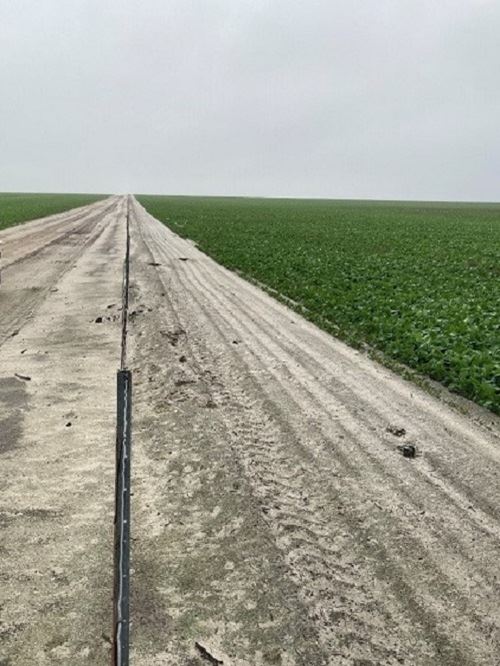Managing firebreaks and chemical residues
Firebreaks are often created by applying a non-selective herbicide to a 2-3m strip around the edge of a paddock. When done correctly this can be extremely effective, but there can be a risk of creating chemical residues in grain. Firebreaks can be a small part of a growers’ program and as such cropping tasks can be prioritised, delaying application.
Many of the techniques used to achieve a functional firebreak and minimise the risk of herbicide resistance developing will also aid in reducing the risk of chemical residues in grain.
Complete chemical firebreaks when the crop is at an early growth stage
Apply herbicides earlier rather than later; no later than booting for cereals or first flower for canola or legumes. Once plants begin grain fill a small dose of herbicide is more likely to cause a residue in the grain.
Use residual herbicides
Not only does this reduce the resistance selection pressure placed on knockdown herbicides, but it also means that firebreaks will not need frequent application of herbicides. These treatments can also be applied in the weeks before the breaking rains providing flexibility for growers and removing the risk of causing chemical residues. Bromacil is a good option on new fence lines or where no trees are present and can provide several seasons of activity. If there are trees alongside the firebreak consider flumioxazin, which is safe to apply near trees or native vegetation.
Reduce drift
Use a purpose-built firebreak sprayer with a shroud around all sides. Selecting low drift nozzles that are capable of a VERY COARSE spray quality as a minimum will reduce spray drift onto crop areas. Construct a shroud to fit around the boom to further reduce drift. A shroud can be effective when made with rubber, plastic, metal or brushes.
Mechanical firebreaks or hay
If it is late in the season consider a mechanical means such as ploughing, grading or even cutting a lap for hay. All of these non-herbicidal controls can provide a functional firebreak and an alternative means of controlling weeds to avoid herbicide resistance.
Set crop boundaries away from firebreaks
Avoid overlap of firebreaks and cropping areas. Create the boundaries 2-3m away from a fence where a firebreak is required.


| Picture 1: A late applied firebreak that has drifted into the crop area. Although plants adjacent to killed plants look ok, many have received a sub-lethal dose of glyphosate that could be translocated to the grain to cause a residue. | Picture 2: A good example of an early applied chemical firebreak with separation of sown crop area not intersecting firebreak area. |



